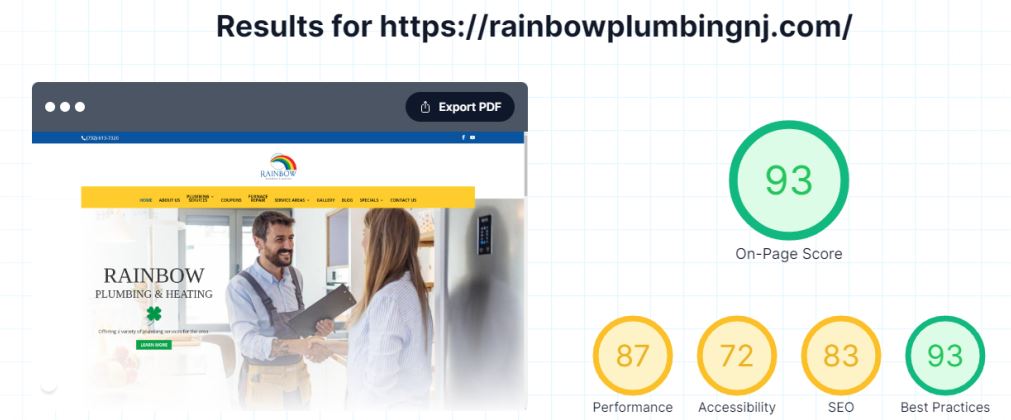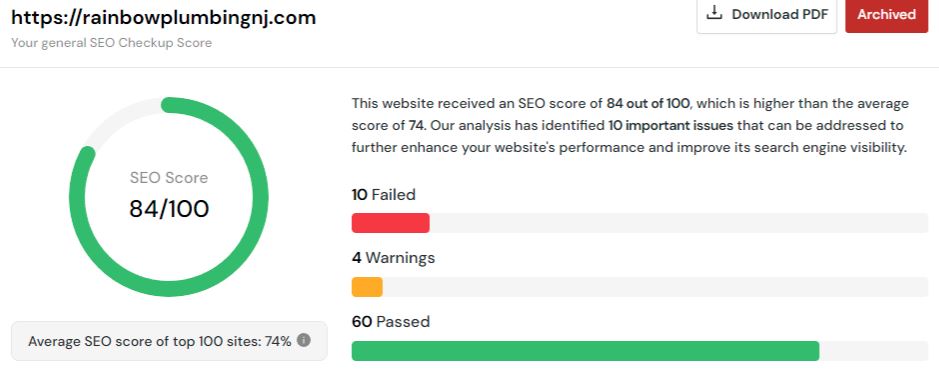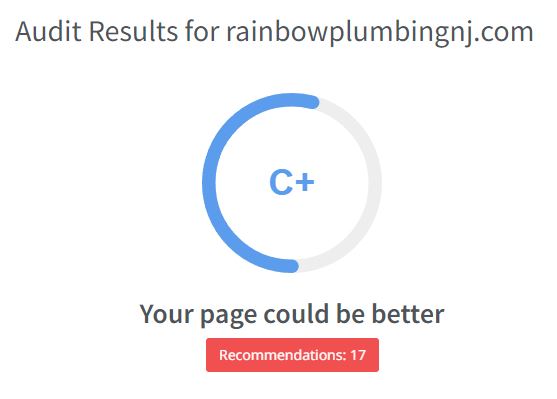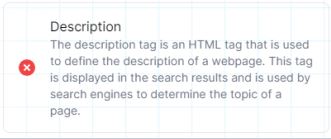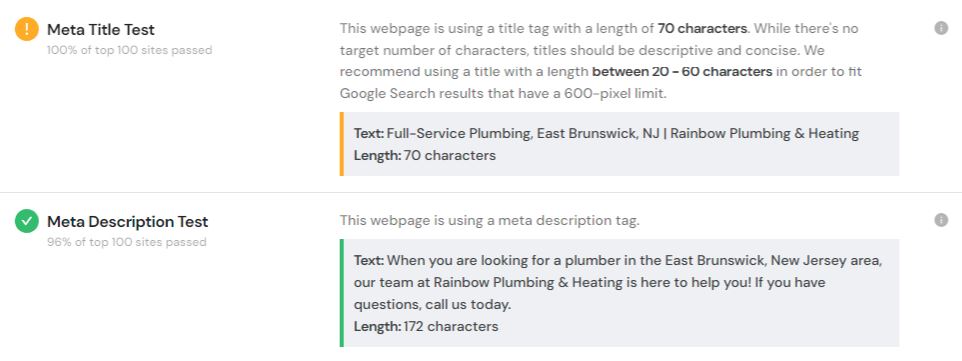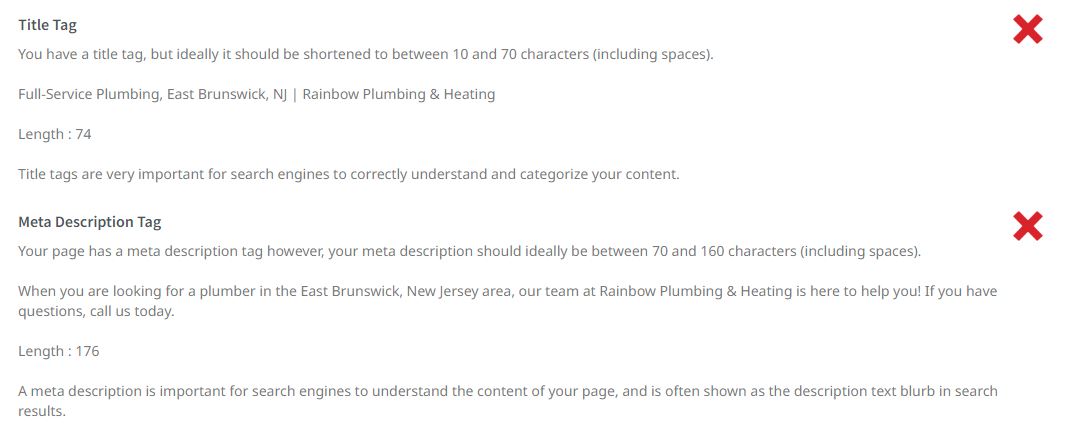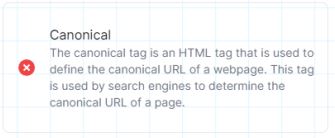In today’s digital age, small businesses face the constant challenge of staying connected with their customers amidst a sea of competitors. Email marketing remains a vital tool in this endeavor, offering a direct line to your audience’s inboxes. However, the complexity of creating compelling content, assembling campaigns, and scheduling sends can be daunting. This is where Prospect Genius’s EmailStream steps in, offering an innovative solution that streamlines the entire email marketing process, making it more efficient and effective.

The Power of EmailStream
EmailStream is not just another email marketing tool; it’s a comprehensive service designed with small businesses in mind. It understands the unique challenges you face and offers a seamless solution to engage your customers without overwhelming your schedule. Here’s how EmailStream can benefit your business:
- Simplified Email Creation: With EmailStream, the daunting task of crafting engaging email content becomes effortless. Propsect Genius’s team of highly experience copywriters will take on the task of creating compelling emails that resonate with your audience.
- Efficient Campaign Assembly: Gone are the days of juggling multiple tools to assemble your email campaigns. Once your email content is ready, we will build the campaign on your behalf, fully optimized to net you maximum engagement. This not only saves time but also ensures consistency across your campaigns.
- Automated Scheduling: Keeping up with the optimal sending times can be a puzzle. EmailStream’s automated scheduling takes the guesswork out, ensuring your emails reach your customers when they are most likely to engage.
- Enhanced Customer Engagement: At its core, EmailStream is about building and maintaining a connection with your customers. By providing a streamlined way to communicate, it helps small businesses keep their audience informed, engaged, and interested in what they have to offer.
Why EmailStream is Essential for Small Businesses
In an era where personalization and engagement are key, EmailStream provides small businesses with the tools to tailor their messages and build meaningful relationships with their customers. It offers a way to regularly update your audience about new products, services, and promotions, keeping your brand top of mind.
Moreover, EmailStream’s efficiency in managing email campaigns frees up valuable time and resources. Small businesses can redirect these towards other aspects of their operations, fostering growth and innovation.
In conclusion, EmailStream by Prospect Genius is more than just an email marketing service. It’s a partnership that empowers small businesses to harness the full potential of their email marketing strategies, ensuring that every campaign is a step towards greater customer engagement and business success. Embrace the future of email marketing with EmailStream and watch your business thrive.

